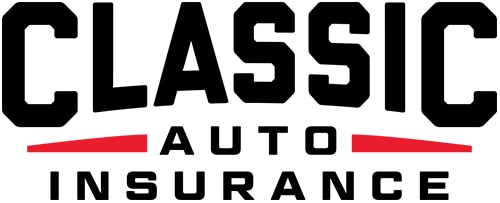Thanks to the COVID-19 pandemic, it may be a while until your next family road trip or visit to an auto show. But that doesn’t mean you won’t be using your vehicle—many of us still are traveling to our essential jobs, picking up groceries, and making trips to the doctor’s office and pharmacy.
It’s never been more important to assure your vehicle is free of germs and bacteria, especially for those driving with multiple individuals who share a residence. Many of us may have half-heartedly sanitized our vehicles in the past, opting for speed over quality—but that just won’t do here.
So below we’ve included a helpful tutorial on sanitizing your vehicle to a safe level.
#1 – Cleaning, Sanitizing or Disinfecting?
You don’t want to just jump in the vehicle with a rag and a bottle of Windex.
First it’s important to understand what you’re doing and what cleaning product is necessary. When cleaning a vehicle and when looking at cleaning products, you’ll hear three terms thrown around: cleaning, sanitizing and disinfecting. Believe it or not, each of these three words is distinct and means something different.
Here are their definitions:
- Cleaning: This is the gentlest process of the three. Cleaning your vehicle will get rid of dirt and grime as well as push any germs from the surfaces of your vehicle. However, cleaner won’t kill the germs, and it often leaves some lingering inside your vehicle.
- Sanitizing: Sanitizing will kill more germs than cleaning, but it isn’t quite as powerful as the disinfecting process. When you sanitize something, you don’t kill all the germs—but you kill enough to reduce their numbers to a level found acceptable by federal health organizations.
- Disinfecting: Bleach is the most commonly used chemical in the disinfectant process, and it kills germs at the highest rate. It’s preferable when you’re cleaning surfaces that won’t be damaged, but disinfectants often can cause material such as leather to fade or discolor. They are also harmful to human skin.
#2 – Test the Product
The most reasonable approach to disinfect your car is to start by cleaning and then go over it again with sanitizer. This will allow you to remove as many germs as possible without destroying any surfaces by using bleach.
Before you start, there are a few things you should know about any cleaning product you purchase:
- Only products with EPA registration numbers on the back label are guaranteed to have actual germ-killing power.
- Make note of your product’s “dwell time,” and keep it in mind when cleaning. The dwell time is the amount of time you should leave the product on the surface you’re cleaning before wiping it up. If you rush it, you’ll kill fewer germs.
- Test the product’s safety on an isolated section of your car, out of driver and passenger visibility, for example, behind the steering wheel. Let it sit for its dwell time, wipe it away, and check for any fading and/or discoloration. If there’s none, you’re good to go.
#3 – Get the Germ Hotspots
Before you detail-clean every inch of the car, focus on germ hotspots. These areas have the highest traffic and tend to contain vast metropolises of germs:
- Steering wheel
- Interior door handles
- Cupholders
- Gear shifter
- Seat buckles
- Radio/climate control buttons
After you’ve thoroughly cleaned and sanitized these locations, you can move on to the less-contaminated areas such as floor mats, interior panels and more.
If you want to go a step further, you can contact a dealer about ozone treatment. During this process, ozone machines use O3 gas to eliminate bacteria, viruses and odors. The gas fills your car, reaching inside the vents, under seats, inside the fibers of the upholstery and everywhere else.
#4 – Preserve Your Sanitation
Under ordinary circumstances, you wouldn’t have to worry much about dragging new germs into your freshly sanitized vehicle—but we’re not living in ordinary times.
There are a few things you can do to prevent germs from recontaminating your vehicle:
- Wash your hands before driving.
- Keep hand sanitizer in your glove compartment for frequent hand washing throughout the day.
- If possible, wear disposable rubber gloves while driving and throw them away when you exit the vehicle.
- Don’t make direct contact with the handle or buttons on gas pumps—they’re very dirty.
Classic Auto Insurance – Classic Car Insurance for Less
In these uncertain times, it’s never been more important to protect your most valuable investments. Let Classic Auto Insurance customize a policy to fit your needs.
We offer affordable, Agreed Value coverage for a variety of collector, classic and custom vehicles. Our friendly, knowledgeable staff can answer your questions and give you a quote on the spot.
Call (888) 901-1338 or get an instant quote online, and see how we can help safeguard your dream car.





